If you build it…
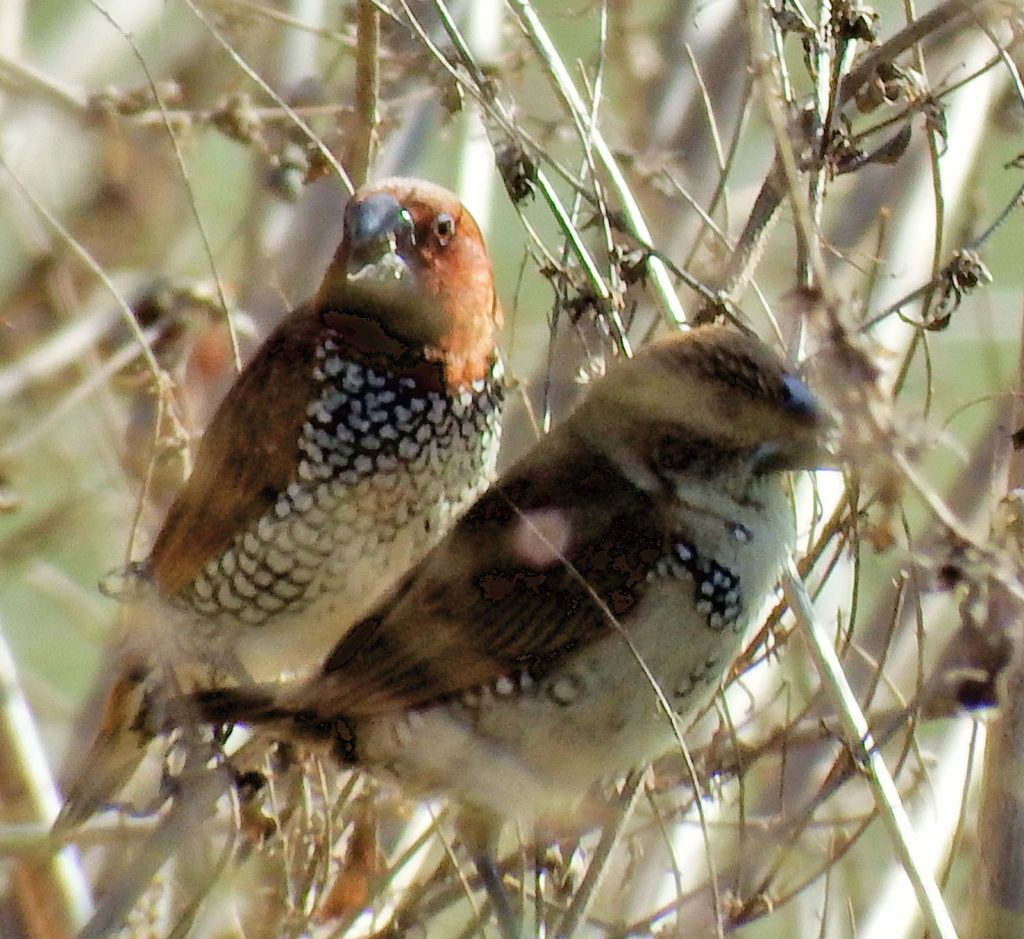
Field of Dreams is a 1989 movie in which a voice whispers to a farmer, “if you build it, they will come.” On the strength of this, he builds a baseball diamond in his cornfield. They turn out to be the 1919 White Sox who do come and play. It’s all very magical.
Buffalo Bayou Park built a prairie in the middle of Houston, hoping that if we built it, they would come. They have. Our Park, especially the areas with prairie plantings, is more full of life than it has been in years. It’s all very magical.
A prairie is a banquet. It is the banquet that flourished here from at least 23,000 years ago until the early 1900s. Neither a swamp nor a forest, Houston was a coastal prairie until we dug it up and turned it into money. Great if you are us, but a problem for everyone else who once had a banquet and now survives on scraps.
We are missing three billion birds in North America. The world is missing 75% of its flying insects. Habitat loss is a prime contributor. Habitat is shorthand for food, safety and a place to raise kids. Habitat is what we have taken and turned into money so we might have food, safety and a place to raise our kids.
Our habitat is a house. While there, we watch nature shows on television and surf the Internet searching for cute animal photos. We have a sinking sense that it is all disappearing. It is. But we are not powerless.
We built it, they came.
The biggest surprise is a flock of scaly-breasted munia. They are perfectly suited for our Park, but really shouldn’t be here. Scaly-breasted munias are lovely little Asian birds. They live in rice fields and prairies, eating seeds plus the odd insect and berry. They are here because we find them adorable and can’t seem to keep them caged.
In the pet trade, these birds are sold as spice finches or nutmeg manikins. There are thriving wild populations in California and Florida. In Houston, there have been sightings in the Heights, and a flock of 10-15 birds on our prairie!
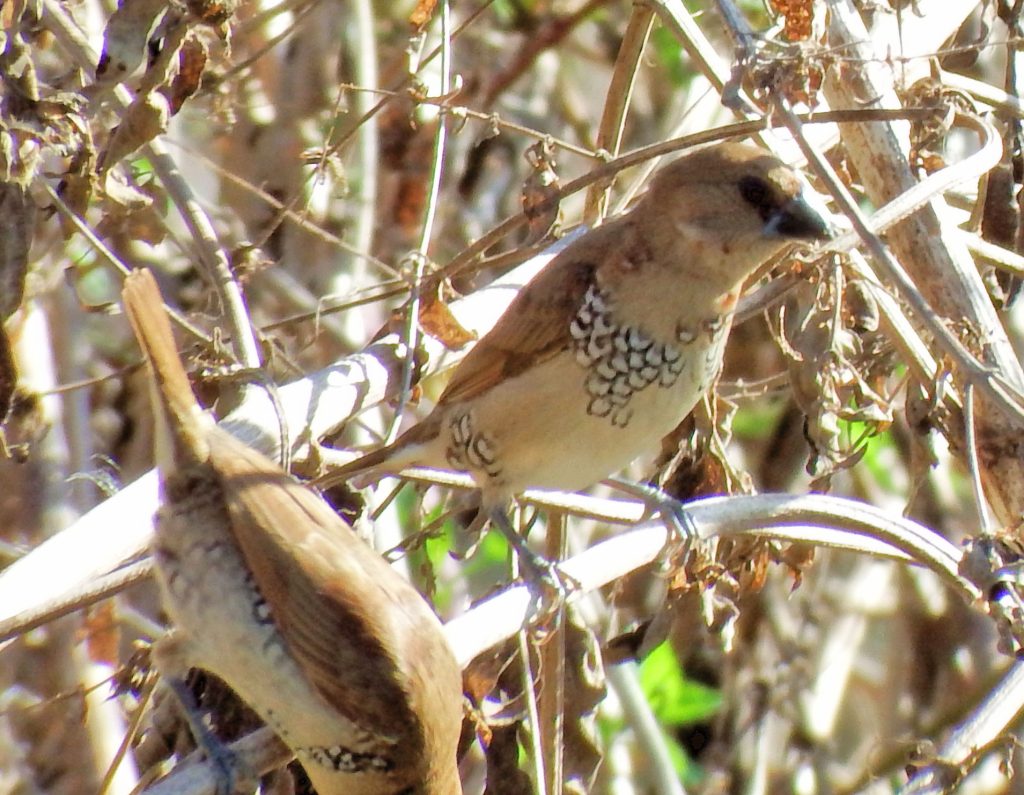
Compare these two birds with the adult munia on the left in the photo at the top of the page. These birds (and the rightmost bird at the top of the page) have only sporadic scales on their breasts. Both male and female scaly-breasted munias look alike, with the males having a slightly larger dark throat patch. The fact that both of these birds have patchy scaling indicates that these are likely to be juvenile birds coming into adult plumage. Most of the birds I saw were sub-adult. This argues that our population is having a lot of breeding success. We can expect to see more of them. Many more.
About the size of a sparrow, they are active and social foragers. I have been seeing them between the bat bridge and the miracle prairie. Look for them in areas with prairie grasses and dead stalks. They also like to pick through the leaf litter at the edges of the paths and will scatter when you approach.
Here’s a video montage of them. Most of us have never even seen one, I hope this helps you recognize them. The quality isn’t very good. I found the munias and, never having seen one before, had no idea what I was looking at, and these birds really blend in. I shot the video at a distance so I would have something I could review later to figure out what these birds were. Now that I understand who they are, it is apparent that almost all the birds on the ground were juveniles.
We also have some more appropriate birds. This chipping sparrow was hanging out in the dead grasses on the western half of the miracle prairie. He is a common sparrow who you would expect to find right here in a grassland. Nothing really unusual except that this is the first chipping sparrow ever reported in the Park to iNaturalist. Inside the Loop, there have been only 269 reports; all but two are from 2019 and all of them are on restored prairies.
If you build it…
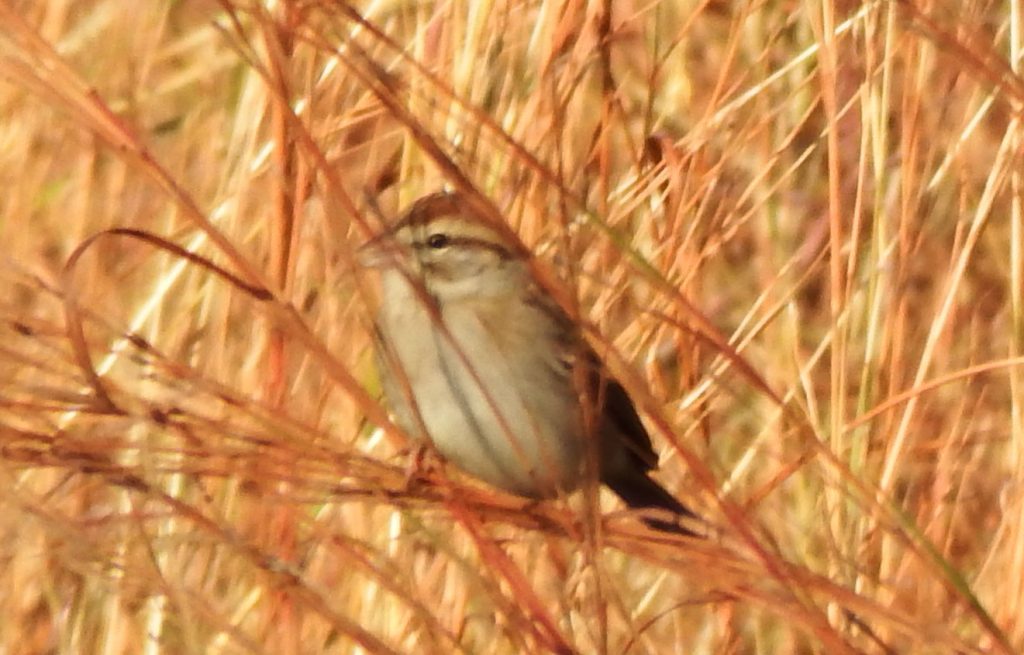
We also have mixed flocks of winter birds, also very typical for Houston, but until recently, not so typical in the Park. This little orange-crowned warbler was hanging out in shrubbery with other small birds searching for tasty insects.
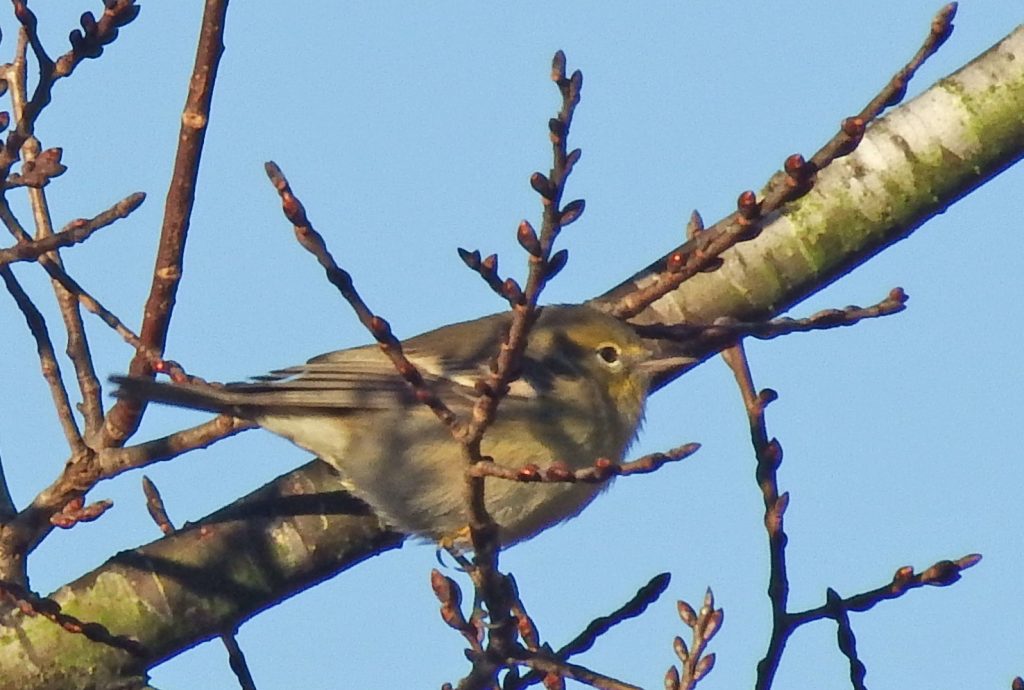
The warblers would not have been searching for this bird grasshopper, but I was. I run into these every now and again in the Park’s prairies and am always amazed at how huge they are. The book says they are about two inches, but I swear this guy was as big as my fist. And quite handsome, too.
It’s been hard to get a photo of one because they bound around quickly and dive for cover. They are a good meal for many of the Park predators and know how to hide.
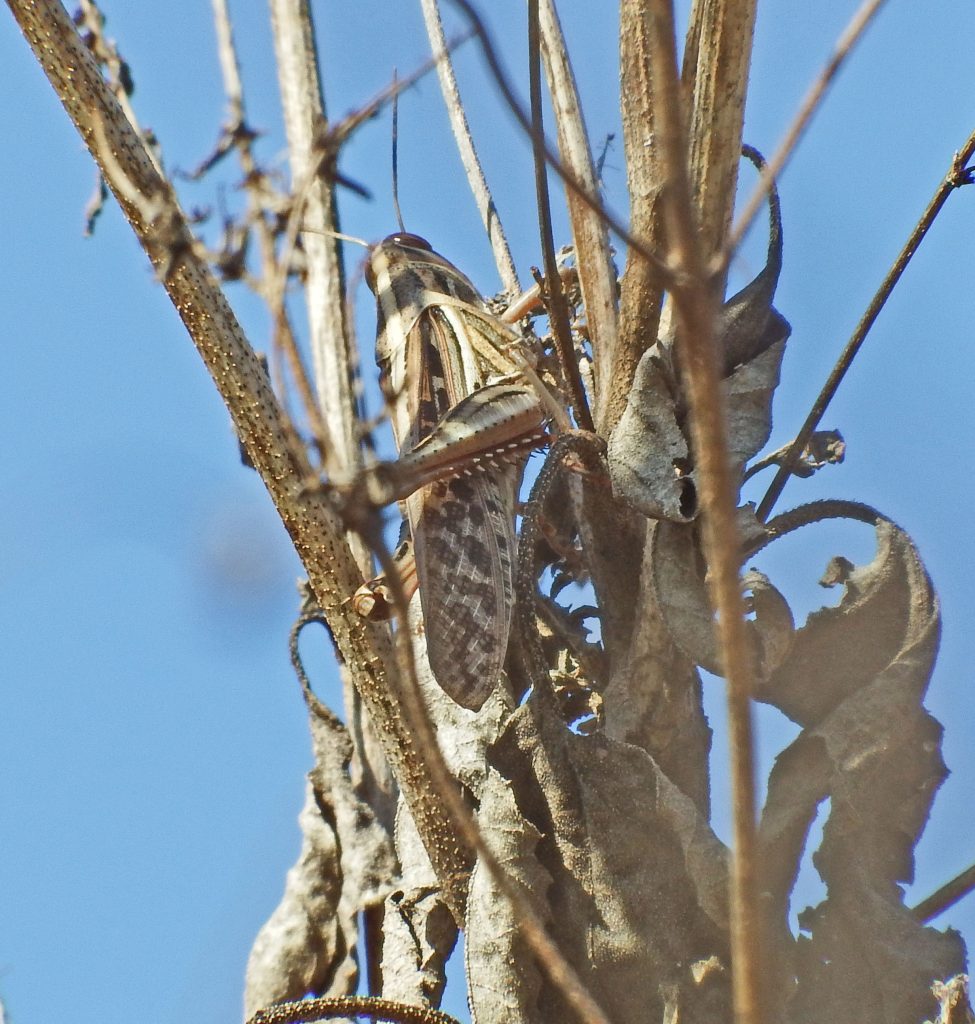
That’s another thing prairies provide, safety. We once had quite a few rabbits in the Park. I would see them frozen on the grass or hopping quickly into cover. I have not seen any lately and I wondered if the local coyotes had been thinning the herd. But when I waded into a field of prairie grasses early in the morning, I caught sight of a bunny butt disappearing through the clumps.
This is one of the ways prairie grasses provide habitat. While turf grasses spread out, prairie grasses grow in clumps. At ground level, a prairie looks like a maze, with multiple twisting paths and animals can escape predators and naturalists easily. There are no good lines of sight to be had.
On a gruesome but still cool note, I found the remains of a rather large animal. What was left was, I think, a tail and the fur on the back of the legs. I imagine this belonged to a coyote.
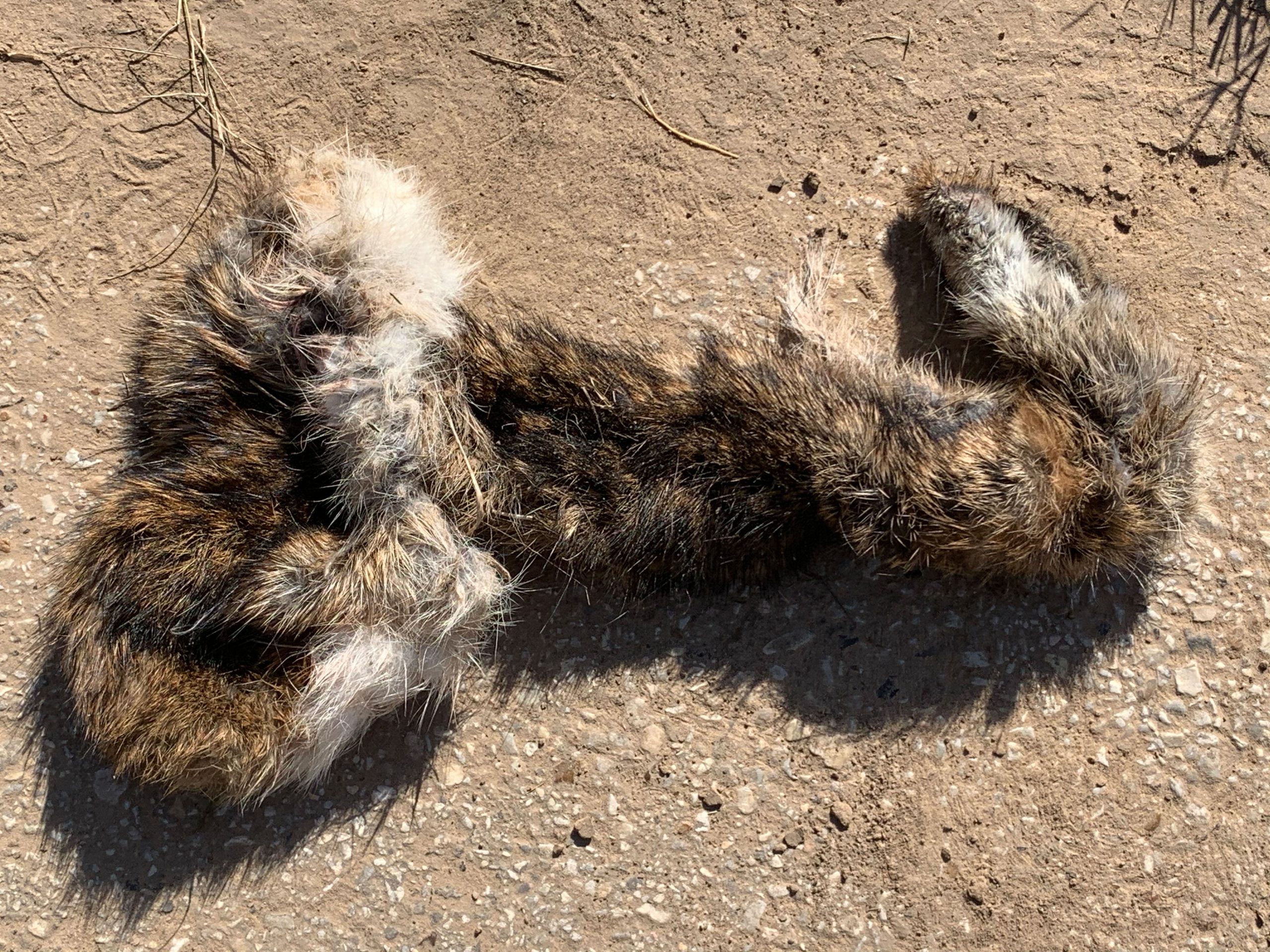
The tail has a white tip and coyotes usually have a black tip, but it isn’t unheard of. No other body parts were in the area. It might have been dropped by a hawk or dragged there by whoever ate it. Most likely, it was eaten by other coyotes.
If you have a good idea of what this might have been, or any have any other questions or comments, please get hold of me at blog@alisakline.com.

